The colors of Xinjiang
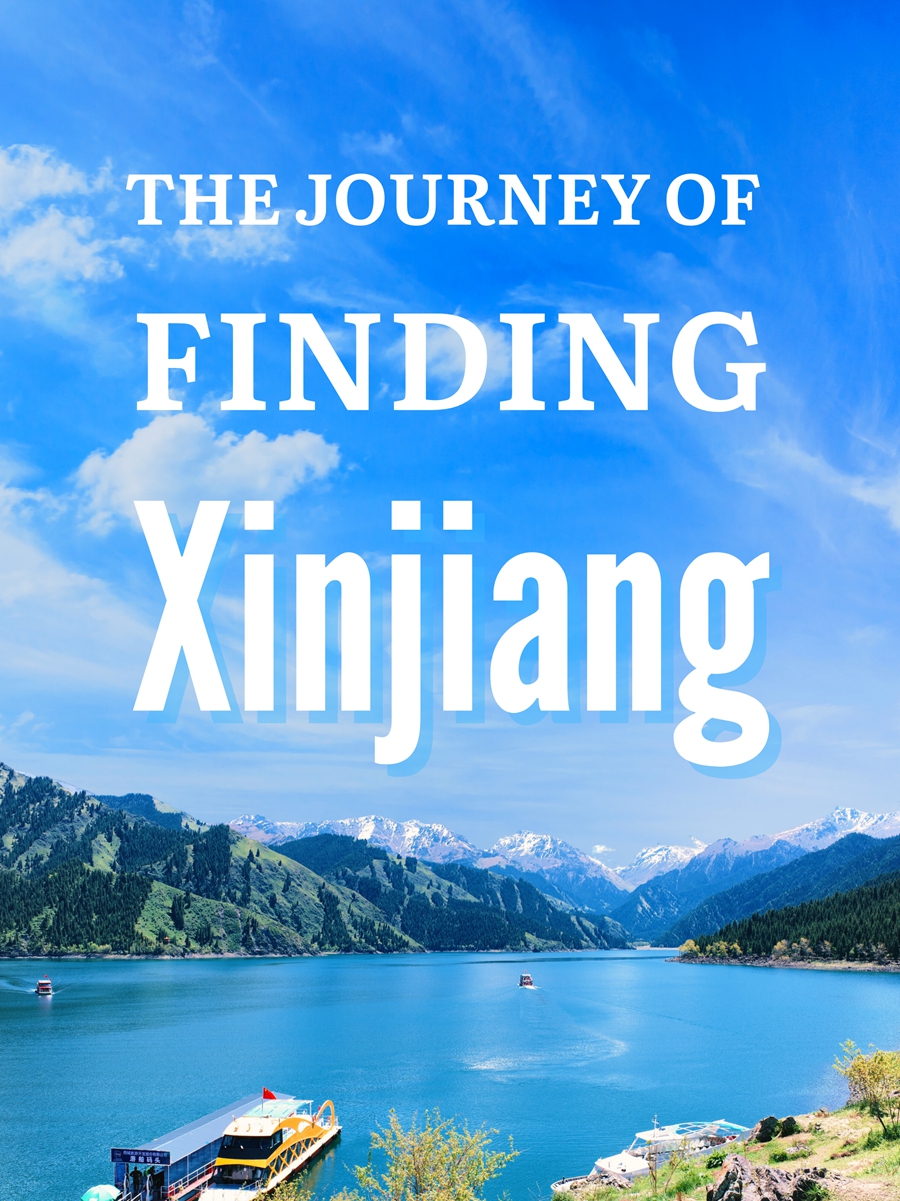
Color is the touch of the eye, music to the deaf, a word out of the prejudice and darkness. The colors of Xinjiang have nagged at travelers, scholars, artists for eons, and now they are beauty made manifest, reflecting the truth and stories of its vast land and multi-ethnic people.
The colors of Xinjiang are the code to decipher its secrets. What colors does it have? What do those colors mean? A splash of color can make all the difference, and all you need to know about Xinjiang is in our latest reports.
Under the towering amber walls of Kashgar, merchants standing in front of stalls call out to passers-by to inspect their apricot-colored traditional wood carvings, and Uyghur maidens dance to the rhythm of ancient songs, their orange dresses shining under the sunlight. Time seems to stop in this old city, its traditional culture well-preserved in the amber of history.
As harmonious as it seems to be, traditional culture in Xinjiang, like in many places around the globe, is fading from the modern world. Can the old customs thrive in modern times? Does the young generation still have enthusiasm for traditional culture? How can they prolong the life-span of aboriginal culture? Here in Xinjiang, the people may offer you some insightful ideas.
People’s Daily Online has launched “The Colors of Xinjiang,” a series of in-depth reports that will provide our readers a complete and vivid picture of Xinjiang. The following story focuses on Xinjiang’s traditional culture and education.
For more stories about Xinjiang's culture and education: Cultural chronicle of Xinjiang: preserving tradition, embracing innovation
Rising from the rim of the Taklamakan, the Flaming Mountains in Xinjiang are drenched in crimson light. The fire of poverty, once the scourge of the locals, has been snuffed out by their hard work. Today, their lives thrive like a “blazing flame”, as the old Uyghur saying goes.
People’s Daily Online has launched “The Colors of Xinjiang,” a series of in-depth reports that will provide our readers a complete and vivid picture of Xinjiang. The following story focuses on Xinjiang’s poverty alleviation and the locals’ efforts to embrace a prosperous life.
For more stories about Xinjiang's poverty alleviation: Xinjiang: Life roars ahead like a blazing fire after eradicating poverty
Once famous for its scientific development on the ancient Silk Road, Xinjiang is now a rising technology hub along the Belt and Road.
In modern factories, ink blue polysilicon is churned out to produce photovoltaic cells, while in the Gobi Desert, a small indigo chip attached to a camel enables its owner to track its whereabouts thousands of miles away. Today, the “indigo industry”, what locals refer to as the “high-tech” sector, is bringing all kinds of sci-fi transformation in Xinjiang.
People’s Daily Online has launched “The Colors of Xinjiang”, a series of in-depth reports that will provide our readers a complete and vivid picture of Xinjiang. The following story focuses on Xinjiang’s scientific research and technological development.
For more stories about Xinjiang's scientific research and technological development: Xinjiang’s indigo industry: a rising tech hub on the Belt and Road
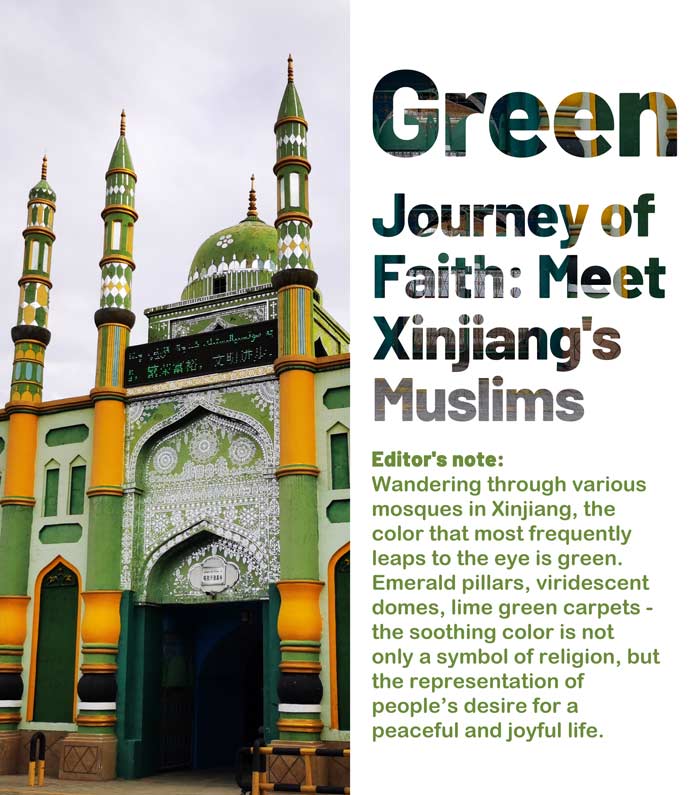
Wandering through various mosques in Xinjiang, the color that most frequently leaps to the eye is green. Emerald pillars, viridescent domes, lime green carpets - the soothing color emits a vibe of peace, tranquility and joy.
Home to more than 24,000 mosques, religion is a major reason why Xinjiang has become an illuminated stage for the cameras of the world in the era of 24-hour news. Alas, when it comes to religion in Xinjiang, the truth, in many aspects, is often much less important than the myth. For Muslims living in Xinjiang, religion is like a two-way mirror revealing their inner lives while reflecting the outside world’s opinions of them. But like the mirrors in a funhouse, the reflections are sometimes distorted, often freakish.
Can celestial dignity and terrestrial joy coexist in harmony? What role does religion play in Xinjiang people’s daily lives? What does religion mean to them in the modern world? How can they balance their religious and daily lives? It is only by hearing the locals’ stories that we can avoid the temptation to address those questions through the obsessions of prejudice.
People’s Daily Online has launched “The Colors of Xinjiang”, a series of in-depth reports that will provide our readers a complete and vivid picture of Xinjiang. The following story focuses on Xinjiang’s religious freedom.
For more stories about Xinjiang's religious freedom: Journey of faith: meeting Xinjiang’s Muslims

Located on the rim of the Taklamakan, China’s largest desert, the turquoise ‘lake of goddess’ teems with life. For generations it has nourished the local Lop Nur people, becoming the spirit of their culture. On the magnificent snow-covered Tianshan Mountains, the Tianchi, an alpine lake whose name means “the lake of heaven” and home of the local Kazakh people, emit a charm as breathtaking as sapphires.
It is hard to imagine that Xinjiang, one fourth of the region is covered by desert, could have so many beautiful lakes, whose blue color adds coolness and vitality to the barren lands. Over the past decades, some of those lakes have dried up, shrank, and have now been revitalized. Their stories form the best narrative for Xinjiang’s environmental protection efforts, and the perfect examples of nature’s power to wreak havoc on humans’ lives, as well as its role as a salvation of our spirit and culture.
For Xinjiang, blue is the new color, blue is a new trend. The stories of two lakes in Xinjiang remind us how beautiful Xinjiang is, and of the remarkable efforts made by the locals and the governments to preserve nature.
People’s Daily Online has launched “The Colors of Xinjiang”, a series of in-depth reports that will provide our readers a complete and vivid picture of Xinjiang. The following story focuses on Xinjiang’s enviromental protection.
For more stories about Xinjiang's enviromental protection: Diving for blue gold: lake of heaven, fishermen in desert
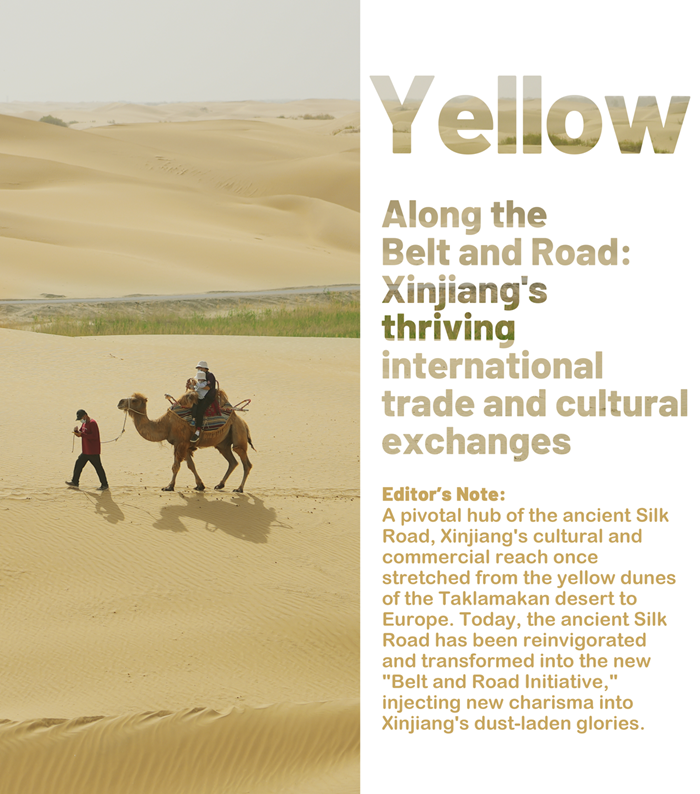
A pivotal hub of the ancient Silk Road, Xinjiang’s cultural and commercial reach once stretched from the yellow dunes of the Taklamakan desert to Europe. Today, under the golden dome of the Xinjiang International Bazaar, merchants and customers around the globe are busy trading, while in the yellow brick buildings of Shihezi University, teachers and students from different countries chat joyously. The ancient Silk Road has now been reinvigorated and transformed into the new “Belt and Road Initiative,” injecting new charisma into Xinjiang’s dust-laden glories.
People’s Daily Online has launched “The Colors of Xinjiang”, a series of in-depth reports that will provide our readers a complete and vivid picture of Xinjiang. The following story focuses on Xinjiang’s Belt and Road, as well as its international trade and people-to-people exchange.
For more stories about Xinjiang's Belt and Road, as well as its international trade and people-to-people exchange:Along the Belt and Road: Xinjiang’s thriving international trade and cultural exchanges
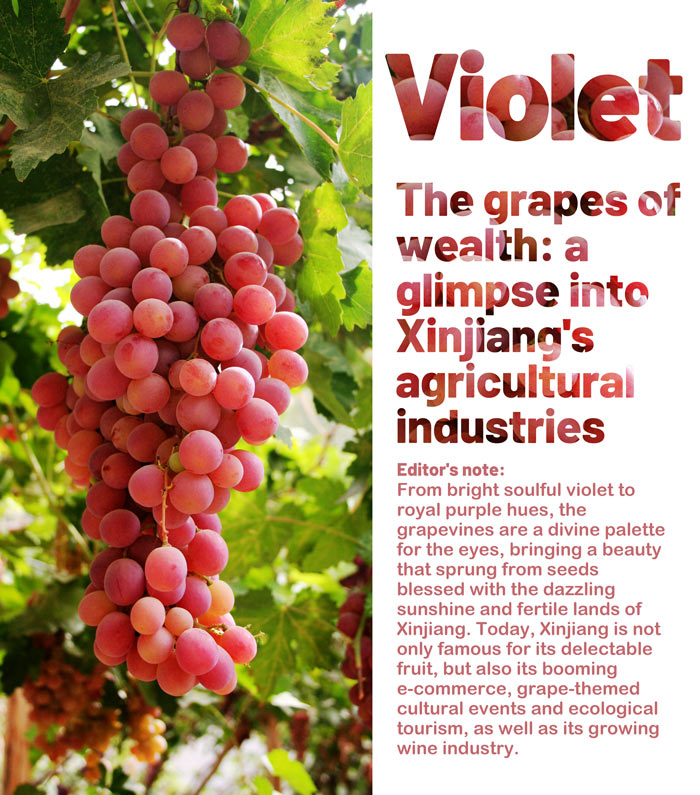
The grapes of wealth: a glimpse into Xinjiang’s agricultural industries
From bright soulful violet to royal purple hues, the grapevines are a divine palette for the eyes, bringing a beauty that sprung from seeds blessed with the dazzling sunshine and fertile lands of Xinjiang. Today, Xinjiang is not only famous for its delectable fruit, but also its booming e-commerce, grape-themed cultural events and ecological tourism, as well as its growing wine industry.
For more stories about Xinjiang's agricultural upgrading:The grapes of wealth: a glimpse into Xinjiang’s agricultural industries
Photos
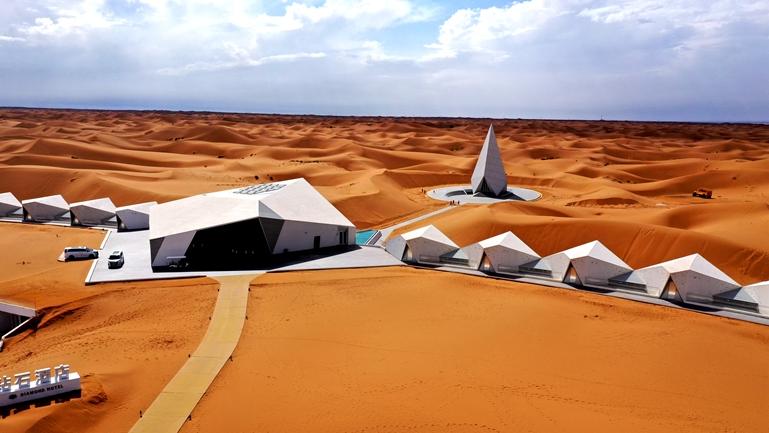 Zhongwei in NW China's Ningxia enhances desert tourism experiences
Zhongwei in NW China's Ningxia enhances desert tourism experiences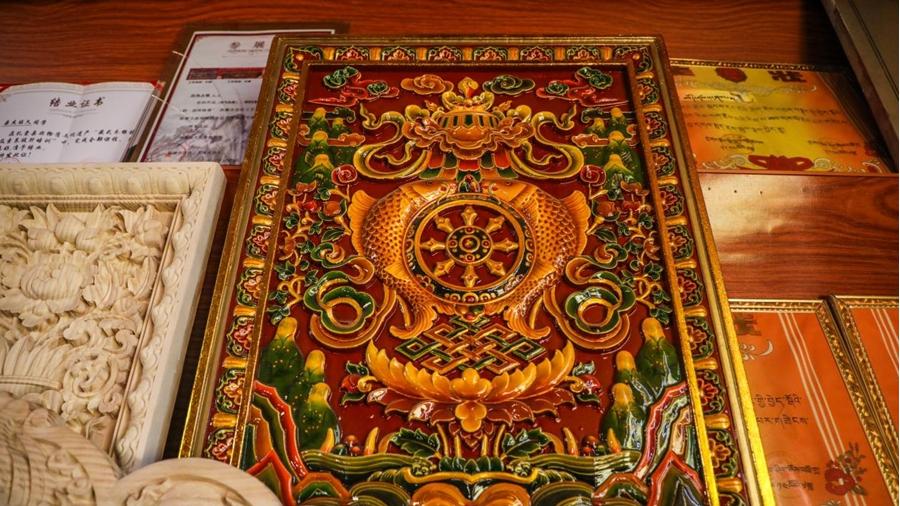 Inheritor promotes Shidiao woodcarving in SW China's Xizang
Inheritor promotes Shidiao woodcarving in SW China's Xizang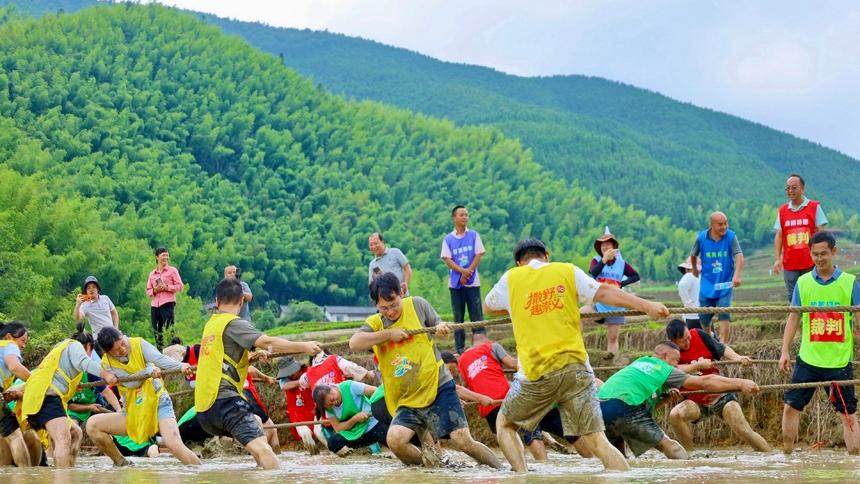 Villagers enjoy fun sports meet in terraced fields in Chongyi, E China's Jiangxi
Villagers enjoy fun sports meet in terraced fields in Chongyi, E China's Jiangxi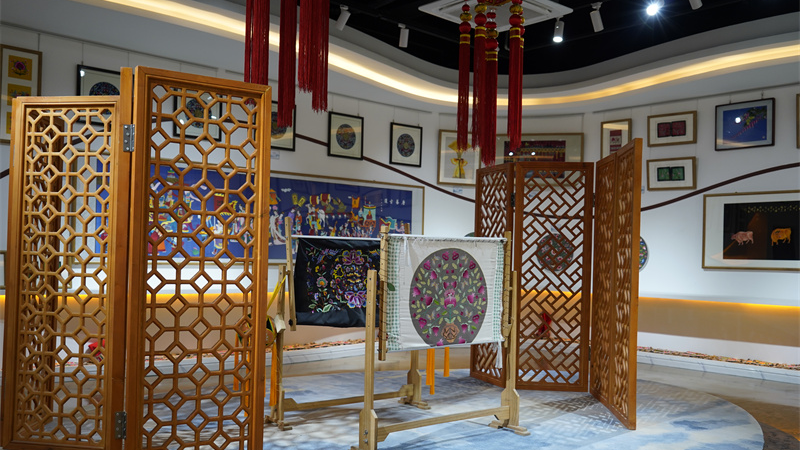 Artisan makes intangible cultural heritage part of modern life in Xining, NW China's Qinghai
Artisan makes intangible cultural heritage part of modern life in Xining, NW China's Qinghai
Copyright © 2025 People's Daily Online. All Rights Reserved.






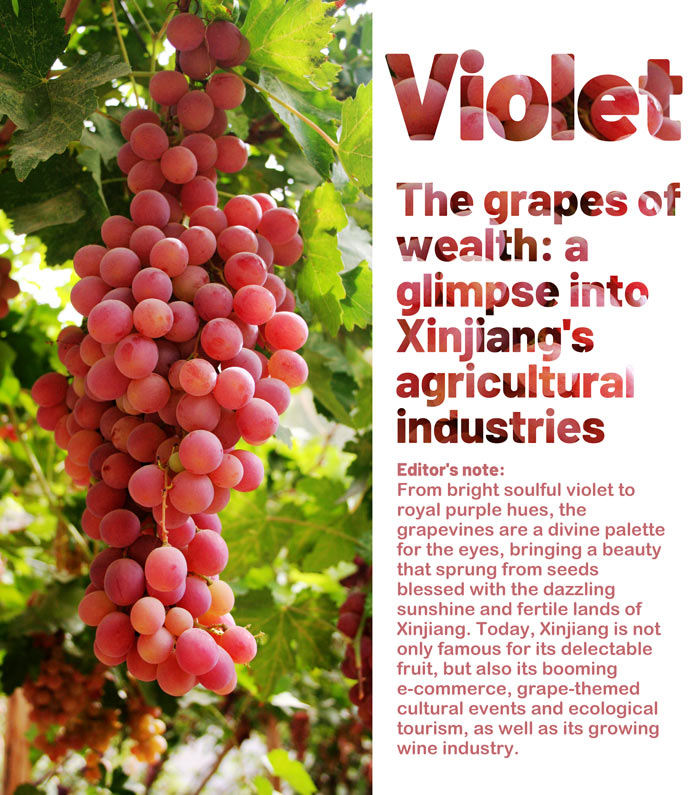 Enable Ginger
Enable Ginger